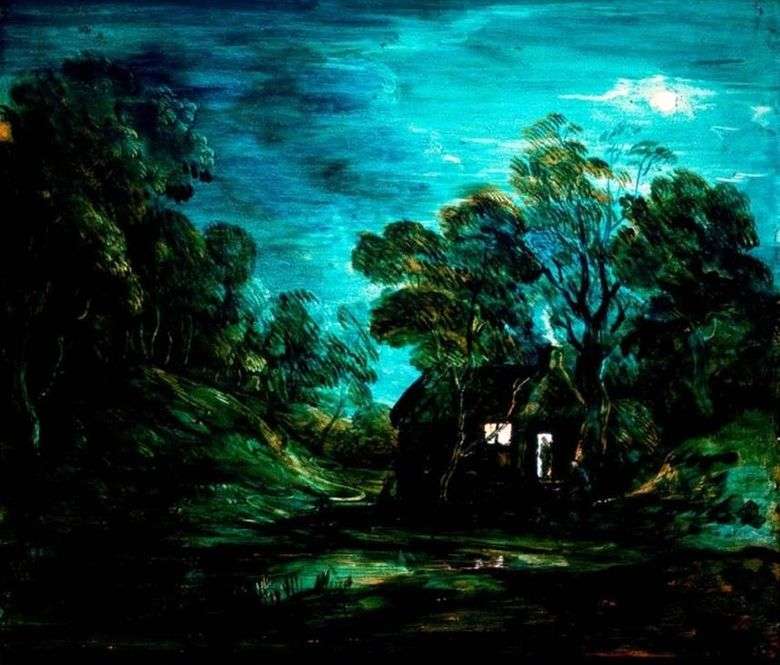
Possessing a living imagination and the instincts of an experimenter, Gainsborough was invariably delighted if he could see something new. For example, he was completely charmed by the so-called “magic lantern”, invented by his friend, the artist Philippe de Lutherburg.
The performances with the magic lantern were really a delightful sight: under the musical accompaniment, with the help of a special device, the glass plates, highlighted on the back, with sketches painted on them, were shown.
The first performance using a magical torch took place in February 1781. Among the audience was present and Gainsborough. The witness of the artist’s delight wrote later: “He was so delighted with the dramatic effects created by the magic lantern that he could not talk about anything else, and did not calm down until he created his own magic torch in which the illuminated candles painted on the glass Pictures”.
The enthusiasm of the master of this “children’s entertainment” sometimes passed, according to others, all sorts of boundaries. He spent whole days behind the creation of glass slides. Today, the most famous series of paintings on the glass for the musical living room Abel. A huge impression on the audience was made by the Gainsbury “lunar scenes” for a magical lantern – such as “Lunar landscape with a small house”. It remains to be regretted that only ten glass slides of the work of Gainsborough have survived to this day.
 Paisaje lunar con una casa – Thomas Gainsborough
Paisaje lunar con una casa – Thomas Gainsborough Landscape in Suffolk by Thomas Gainsborough
Landscape in Suffolk by Thomas Gainsborough Village house with pigs by Thomas Gainsborough
Village house with pigs by Thomas Gainsborough Herd, the passing bridge by Thomas Gainsborough
Herd, the passing bridge by Thomas Gainsborough Peasant family near his house by Thomas Gainsborough
Peasant family near his house by Thomas Gainsborough Landscape with the returning herd by Thomas Gainsborough
Landscape with the returning herd by Thomas Gainsborough Mr. and Mrs. Andrews by Thomas Gainsborough
Mr. and Mrs. Andrews by Thomas Gainsborough Portrait of Mr. Andrews and his wife by Thomas Gainsborough
Portrait of Mr. Andrews and his wife by Thomas Gainsborough